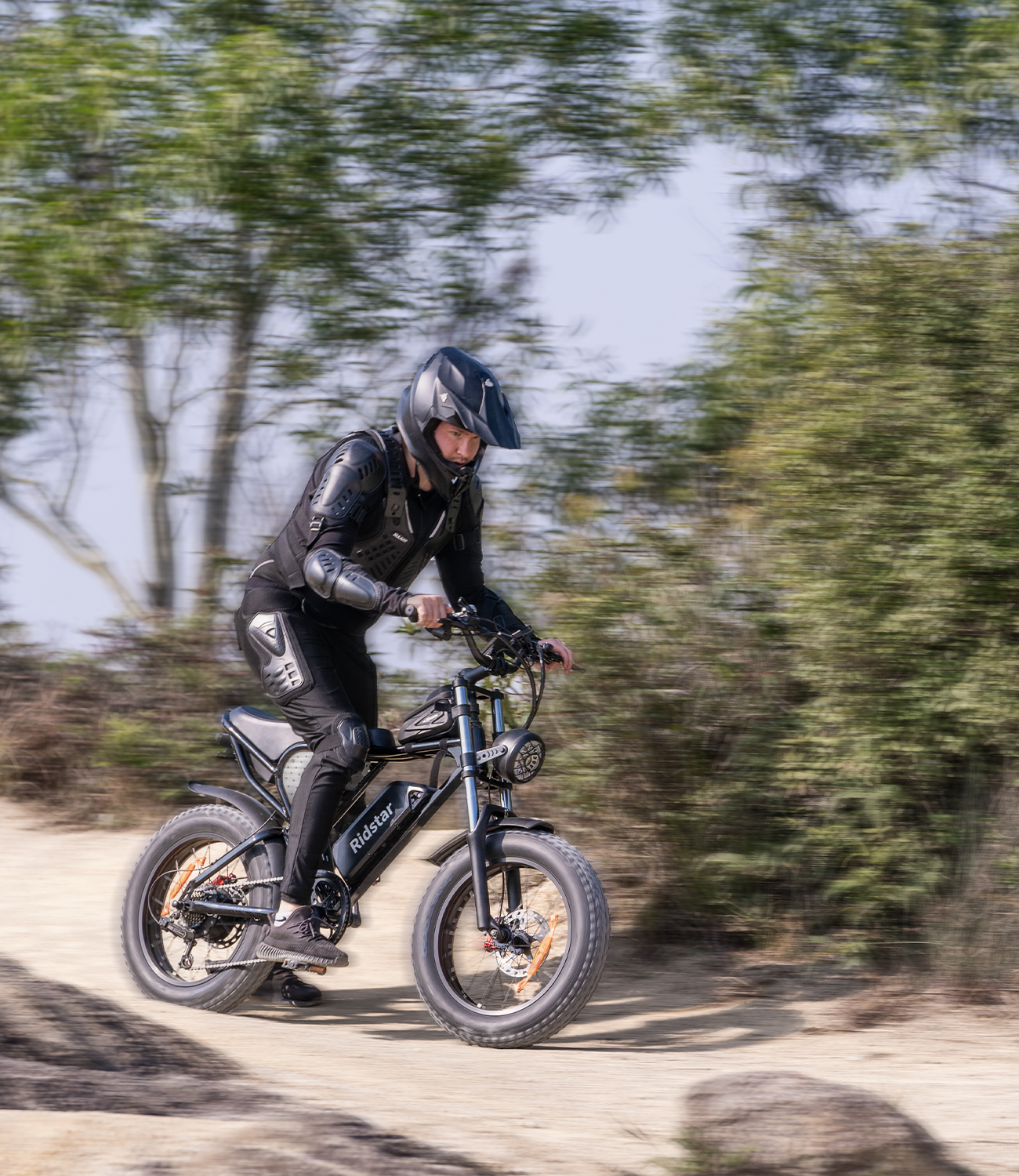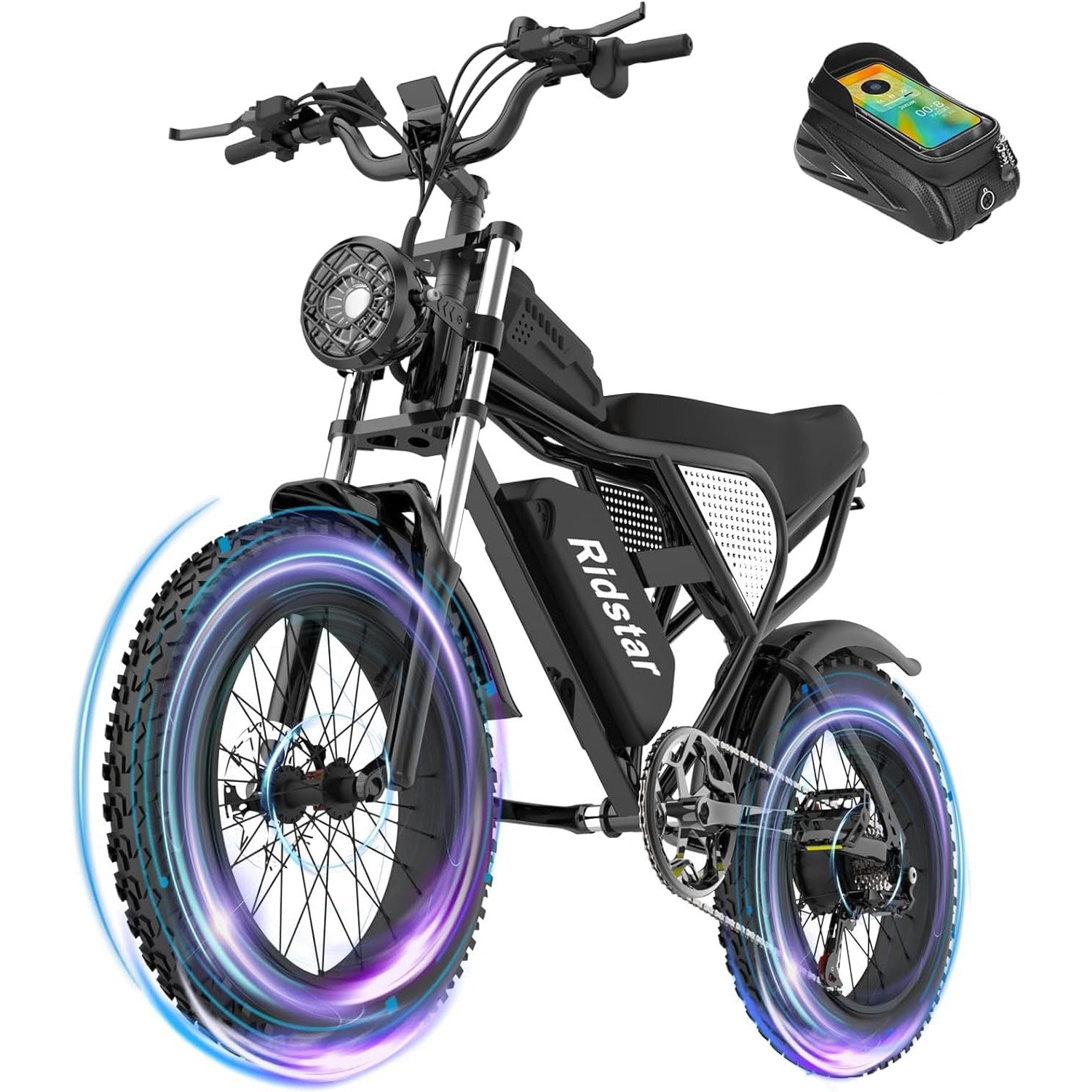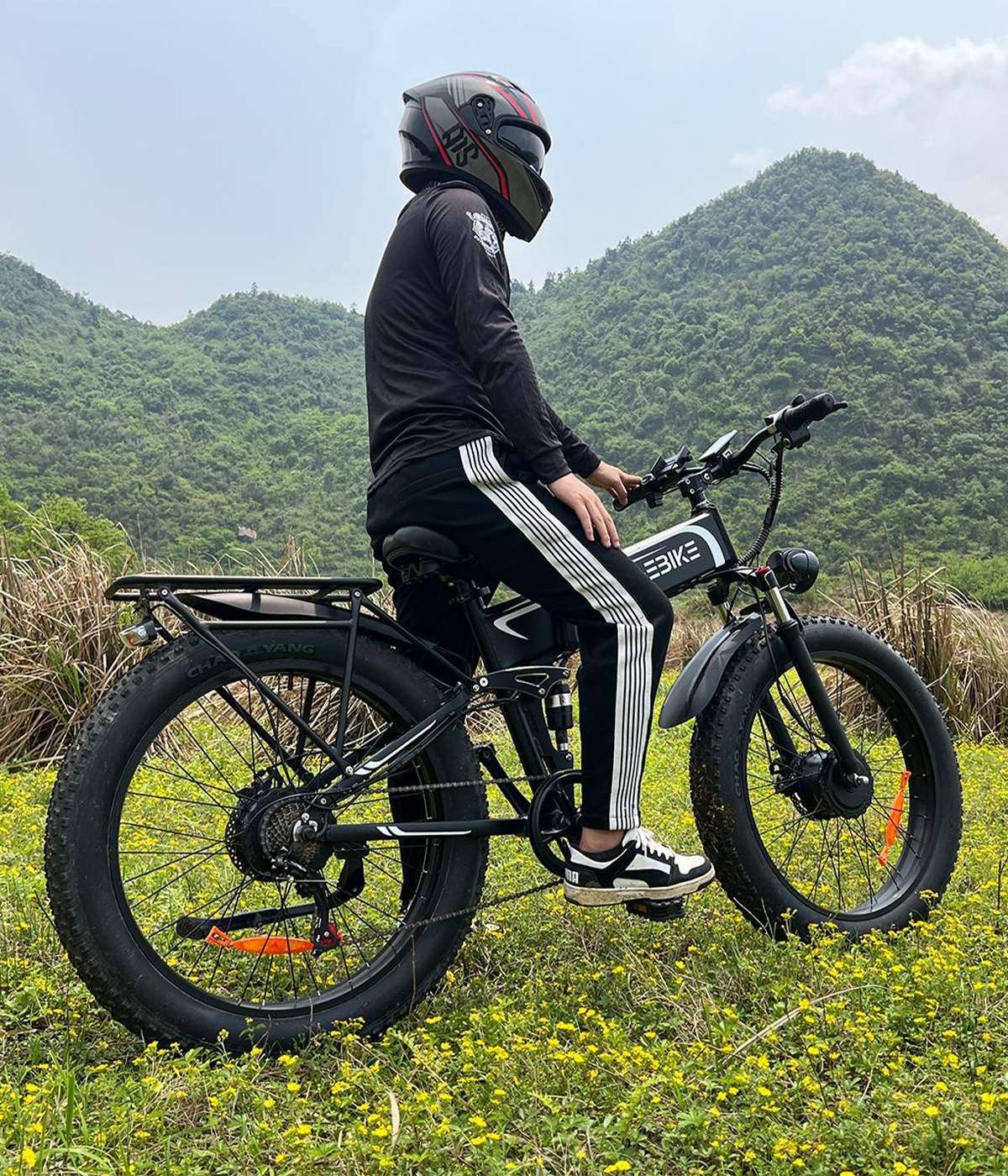How Trump’s Tariffs Are Disrupting Electric Bicycle Prices
The Trump administration threw the U.S. electric bike industry into disarray in early 2025 when it unexpectedly imposed new tariffs on global imports, only to reverse its policy a few days later. While this sudden shift may seem political on the surface, its impact on the micromobility industry, especially electric bikes and scooters, is profound and may even last for a long time. As a result, Ebike product prices are about to rise.
1. Tariff Shocks Throw the U.S. E-Bike Market Into Turmoil
The U.S. e-bike market, and the broader micromobility market encompassing e-bikes, e-scooters, and other electric rideable devices that were recently redefined, is in tumult due to the sudden and abrupt tariff policy changes by the Trump administration in 2025 introduced in 2025. The tariff policy first announced a blanket increase in tariffs on global imports and soon turned the incumbent tariffs on the importation of goods from China into the new trade regime.
2. Manufacturers Face Rising Costs and Difficult Choices
Since many e-bikes sold in the U.S. are made or assembled in China, tariffs on e-bike imports were now heightened, with tariffs averaging as high as 150%. Companies currently must choose between raising retail prices significantly, absorbing the costs which not many can sustain with margins on e-bikes only being around 30% across the entire industry, or rapidly moving production to other jurisdictions.
3. Consumers and Startups Grapple with Price Uncertainty and Sustainability Setbacks
Consumers have now been thrust into uncertainty as manufacturers are beginning to increase prices, forcing many consumers to hasten purchasing behaviors before overall price increases are implemented. Small manufacturers and start-ups should be worried about the added financial burden of absorbing margins; it could mean life and death for their businesses. This uncertain trading regime will squeeze businesses, but it will also slow the adoption of clean affordable transportation at a time when demand for green sustainability is at all-time highs.
The History of E-Bike Tariffs in the U.S.
Tariffs on electric bikes are not new. Back in 2018, the Trump administration imposed a 25% tariff on various products imported from China, including electric bikes and e-scooters. Its stated goal is to protect U.S. manufacturing and counter China’s trade practices. But for a U.S. e-bike market heavily reliant on Chinese factories, the consequences were significant.
Over time, the industry adapted. Several companies had started moving production to lower-tariff areas such as Vietnam and Cambodia. They were also aided by temporary tariff exemptions that stabilized pricing and safeguarded growth. But the latest tariff hike in 2025 took everyone by surprise.
The 2025 Tariff Hike: What Happened?
In February 2025, the United States government enacted an additional 20% tariff on imports from China. This was in addition to the earlier imposed 25% tariff for electric bikes. And then in April came the so-called "Liberation Day tariffs" with another 34% obligation. These tariff measures effectively totaled to 84%.
In retaliation, China imposed reciprocal tariffs, while U.S. financial markets responded with turbulence. The e-bike industry was hit especially hard.
By the end of April, Trump announced a 90-day suspension of tariffs above 10% — except for those targeting China.For Chinese-made e-bikes, the rate was pushed to a staggering 125%. Combined with Section 301 tariffs, the effective import duty rose to 150%.
What Does a 150% Tariff Really Mean?
Let's take a step back: an e-bike costs $500 to produce in China, but is subject to a $750 import tax. That brings the total cost to $1,250, not including transportation, warehousing, marketing and retail markups.
This sudden cost spike leaves brands with tough choices:
Raise prices dramatically
Relocate production
Absorb losses, reduce margins
But absorbing a 150% cost increase is not sustainable for any company.
As news of the tariffs spread, the entire e-bike industry was thrown into a panic. Brands scrambled to update pricing, adjust supply chains, and communicate with increasingly worried consumers.
Long-term impact
The new trade restrictions could cause serious disruption to the booming electric bicycle industry and increase prices for bicycle retailers and consumers.Some companies are raising prices, while others attempt to protect their customer base by eating the costs—at least temporarily. But in a highly competitive market, shrinking margins threaten the survival of smaller brands.
If the tariffs remain in place long-term, we may see:
Consolidation of the e-bike industry
Reduced innovation due to cost constraints
Fewer affordable models for entry-level ride
What should consumers do?
If you're planning to buy an e-bike in 2025, then you should quickly and strategically develop a plan of action. With the imposition of a 150% tariff on Chinese-made e-bikes, retail prices in the U.S. are expected to rise significantly in the coming months. For all cost-conscious buyers, this means that now is the best time to make a purchase before the increased cost of inventory is passed on to consumers.
First, check out where the bike was manufactured. Models assembled in Vietnam, Mexico or other countries not subject to high U.S. tariffs may be a better value. Some brands, including Ridstar, are working to diversify their supply chains or assemble products domestically to minimize price volatility.
Also consider supporting companies with assembly or distribution centers in the U.S., which are better positioned to absorb tariff shocks and keep prices stable.
Shoppers should also look at limited-time sales, pre-tariff clearance sales or bundles that include accessories to increase overall value. Most importantly, stay informed. Subscribe to branded newsletters or follow policy news that may affect prices. In the current uncertain economic climate, buying an e-bike early could mean saving hundreds of dollars and providing peace of mind for your summer adventures.
In conclusion
Trump's tariffs have thrown the e-bike industry into disarray, exposing vulnerabilities in the globalized supply chain. While the industry has historically shown resilience, the unprecedented 150% tariff barrier presents an existential challenge. For now, businesses and consumers alike must navigate their way through the uncertainty, looking to policy clarity or market-driven solutions to restore balance. The road ahead may be rocky for consumers and businesses, but it will be smooth sailing for those who adapt.
If you're planning to buy an e-bike in 2025, act now. Browse our fat tire e-bikes to explore high-performance models that won't be affected by rising prices.





1 comment
Gerinso de la Cruz
Dose this affect the shipping because I order the q20 1500W and still have not gotten any updates
Leave a comment
This site is protected by hCaptcha and the hCaptcha Privacy Policy and Terms of Service apply.